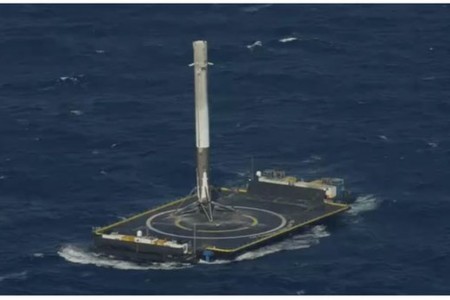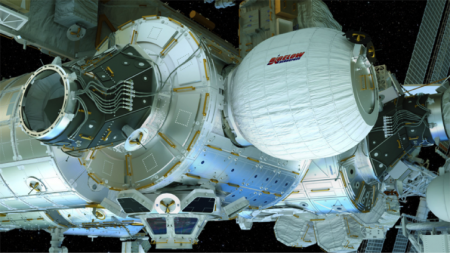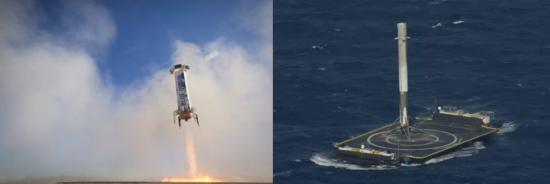April 10, 2016 – First there was the New Shepard rocket launch by Blue Origin on April 2nd, a third successful test flight achieved in less than five months. Then there was an even more spectacular SpaceX Falcon 9 mission launch on April 8th delivering the Dragon capsule to orbit followed by a successful rendezvous this morning, April 10th, with the International Space Station (ISS). Dragon, packed with over 3,175 kilograms (7,000 pounds) of supplies, is delivering a Bigelow Expandable Activity Module (BEAM) to ISS.
Bigelow has successfully demonstrated its BEAM technology in the past when Russian rockets delivered into orbit its predecessors, Genesis 1 and 2, the prototypes for expandable space modules. BEAM will be attached to ISS and tested for two years to ensure its structural viability. If successful this may be the beginning of a revolution in the design of habitable orbiting platforms in near-Earth space, as well as be the basis for the building of habitations for the lunar and Martian surface. For Bigelow, a company founded by a hotelier, there is an ambition to build the first commercial space station, an orbiting hotel for space tourists.
The overshadowing milestones achieved by Blue Origin and SpaceX this past week will have enormous impact on space exploration as well. For the first time two companies demonstrated the ability to launch and return rockets to the surface of our planet not just once, but several times. For Blue Origin, the single-stage New Shepard rocket and capsule achieved a suborbital launch and return to the ground at its West Texas proving ground. For SpaceX, the two-stage Falcon 9 launched from Cape Canaveral, and then controlled the descent of its first stage to land on a floating platform anchored off Florida in the Atlantic Ocean.
Watching both flights in the last week was impressive. Blue Origin and SpaceX, their returning rockets seen below, presented amazing sights. I watched the SpaceX launch and recovery on live NASA television. As the swiftly descending first stage approached the drone ship landing pad its rocket engines ablaze, it pitched to vertical and parked itself. Looking after at the returned rocket stage afloat on that drone ship made the success seem even more palpable. I couldn’t help admire the technology that could produce the end results, landing the towering Falcon first stage on such a small moving target in the ocean.
At the post-flight press conference Elon Musk stated the first stage will be returned to Cape Canaveral where it will be cleaned up and refired in a series of tests. With the tests demonstrating the safe reuse of the stage, SpaceX will return it to service in a few months for a future space flight.
Launch. Land. Repeat. This seems to be where we are headed in space technology these days. To describe it as a pretty good week for commercial space companies would be an understatement.










